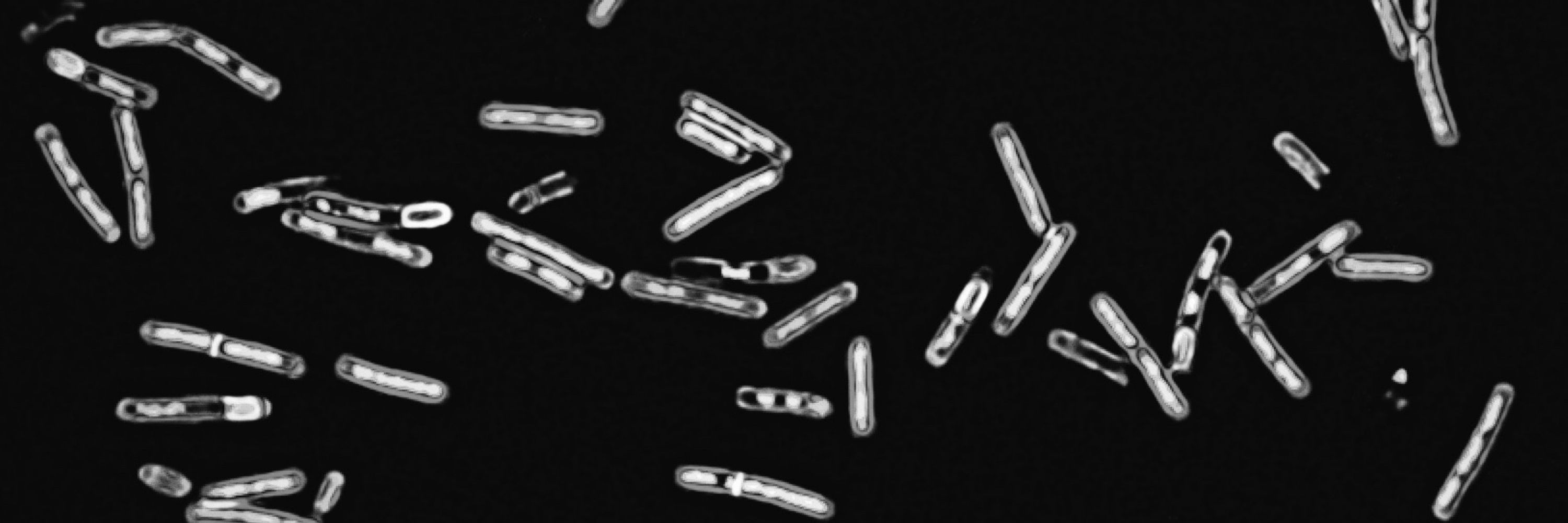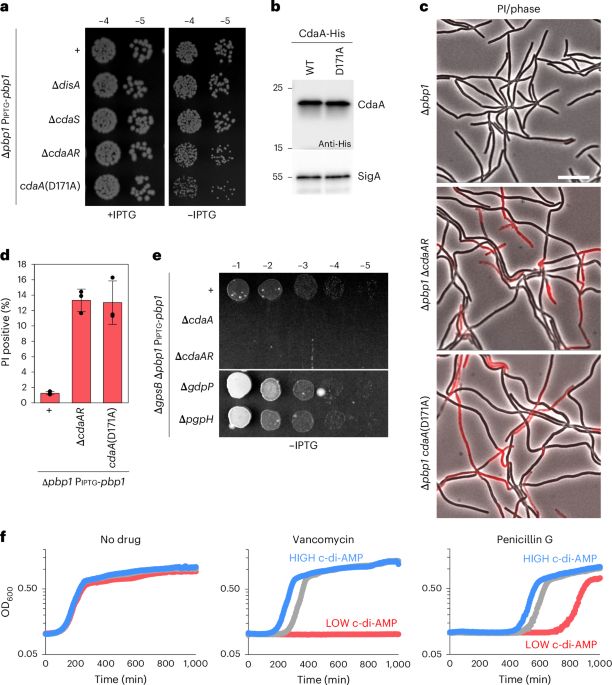

@femsjournals.bsky.social microLife by Francisco García-del Portillo et al
academic.oup.com/microlife/ad...

@femsjournals.bsky.social microLife by Francisco García-del Portillo et al
academic.oup.com/microlife/ad...
🕰️We chart the full, synchronized lifecycle of a predatory bacterium using Hi-C, RNA-seq, ChIP-seq & microscopy.
🧬We uncover dramatic shifts in nucleoid architecture & transcription, tightly coordinated with predation.
www.biorxiv.org/content/10.1...





www.jbc.org/article/S002...

BBM 2025 will be held on June 9-10th at the Harvard Science Center feat. the one and only Dr. Petra Levin as keynote! We can't wait to see you there.
Registration and scholarship applications open next week.

BBM 2025 will be held on June 9-10th at the Harvard Science Center feat. the one and only Dr. Petra Levin as keynote! We can't wait to see you there.
Registration and scholarship applications open next week.
journals.asm.org/doi/10.1128/...

journals.asm.org/doi/10.1128/...


Thanks to @dipanwitab.bsky.social, Asher, @lilymcknight.bsky.social, and Pilar (a very talented undergrad) for getting this manuscript to the finish line.
Thanks to MBoC for the excellent manuscript review experience.
Now it is time for turkey, pecan pie, and more.
-in Bacillus subtilis
#MolBiolCell from @eswaralab.bsky.social
www.molbiolcell.org/doi/10.1091/...

Thanks to @dipanwitab.bsky.social, Asher, @lilymcknight.bsky.social, and Pilar (a very talented undergrad) for getting this manuscript to the finish line.
Thanks to MBoC for the excellent manuscript review experience.
Now it is time for turkey, pecan pie, and more.



